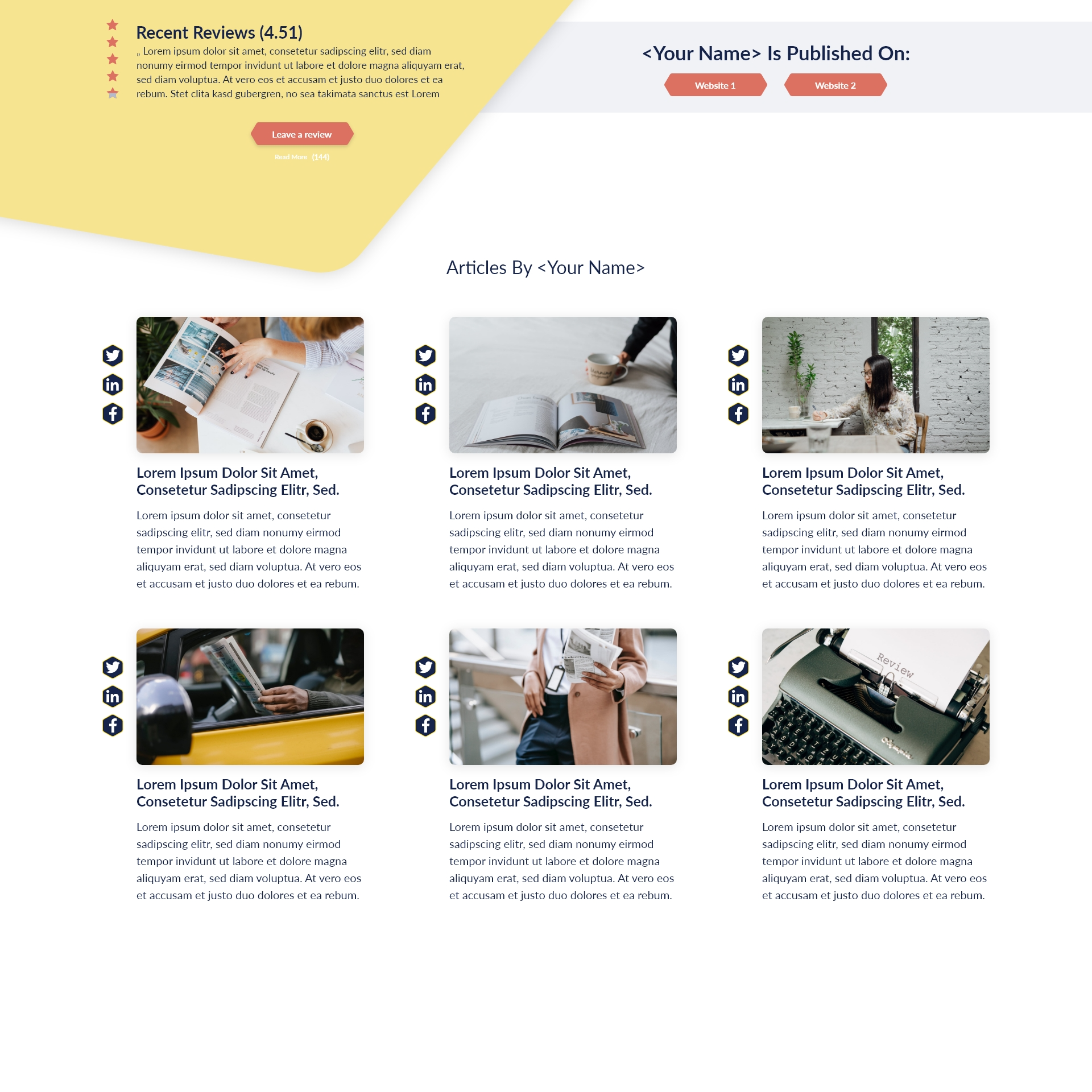Key Takeaways:
- Workplace diversity enriches teams and fosters stronger organizational cultures.
- Inclusive leadership practices are essential for driving team motivation and engagement.
- Gender and cultural diversity in decision-making lead to better outcomes and innovation.
- Leaders must be proactive in overcoming biases to ensure equitable opportunities.
- Allyship and diverse leadership pipelines support ongoing organizational success.
Why Workplace Diversity Matters More Than Ever
In today’s rapidly changing work environment, organizations are discovering that diverse leadership is vital not only for ethical and social reasons, but also for productivity and innovation. Leadership qualities that inspire teams and motivate employees draw heavily from the principles of diversity and inclusion. As the dynamics of teamwork evolve, leaders must adapt, embracing broader perspectives to drive motivation, performance, and organizational success. This article explores practical strategies and essential leadership qualities to foster workplace inspiration by championing diversity at every level.
What Does Workplace Diversity Really Mean Today?
What are the key elements of workplace diversity?
Workplace diversity extends beyond visible factors like race and gender, encompassing various dimensions including age, cultural background, religion, physical abilities, sexual orientation, and life experiences. Modern organizations recognize that truly diverse workplaces are those where individuals’ unique contributions are valued and leveraged for the collective success of the team.
How evolving definitions impact organizational culture
As legal and societal expectations shift, definitions of workplace diversity have broadened. This evolution shapes organizational culture by promoting openness, flexibility, and a commitment to continual learning. Teams benefit when leaders recognize and nurture the distinct strengths each member brings, creating environments where everyone feels respected and empowered. The ripple effect is a culture rooted in belonging and engagement—cornerstones for team inspiration and employee motivation.
Inclusive Leadership Best Practices: Cultivating a Broader Vision
Strategies for developing inclusive workforce habits
Effective leaders make inclusivity a daily practice rather than a periodic initiative. They:
- Invite input from employees with differing perspectives during meetings.
- Listen actively and acknowledge unique viewpoints.
- Address and celebrate cultural holidays and practices within the organization.
- Model open-minded, adaptive thinking.
Examples of leaders championing inclusion
Successful modern leaders champion inclusion through intentional actions. For instance, a manager who encourages knowledge sharing across generations fosters mentorship and mutual respect. When leaders dedicate resources for accessibility improvements or champion employee resource groups, they’re signaling the value of every team member. These examples serve as blueprints for developing inspired, high-performing teams.
Diversity and Leadership Decision Making: Unlocking Innovation
How diverse teams influence decision outcomes
Research consistently shows that teams composed of varied backgrounds and perspectives make superior decisions. The diversity of thought helps challenge assumptions, reduce groupthink, and generate creative solutions. When leaders bring together people with different expertise, the team is better equipped to navigate uncertainty and identify growth opportunities.
The role of gender diversity in executive decision-making
Gender diversity at the executive level transforms not just boardroom conversation, but also outcomes.
Why gender diversity in executive roles drives better performance
Corporations with gender-diverse leadership teams experience enhanced financial performance, improved risk management, and greater employee engagement. Gender-balanced decision-making brings complementary skills and nuanced viewpoints, resulting in more holistic solutions. Leaders who value and promote gender diversity not only motivate employees—they set standards for excellence throughout the organization.
Overcoming Bias in Leadership: Steps Toward Equity
Common types of bias that impede inclusive leadership
Every workplace grapples with biases—both conscious and unconscious. These may include affinity bias (favoring people like ourselves), confirmation bias (seeking information that aligns with pre-existing beliefs), and gender bias. These can hinder diverse leadership pipelines and limit organizational potential.
Practical approaches to overcoming bias in hiring and promotion
Overcoming bias requires intentionality:
- Utilize structured hiring processes, including skills-based assessments and diverse interview panels.
- Establish transparent promotion criteria ensuring equity across teams.
- Cultivate feedback loops to hold hiring managers accountable for diversity outcomes.
Establishing equity-focused leadership styles
Equity-focused leaders foster environments where all employees have fair opportunities for advancement and professional growth. This is achieved through mentorship, sponsorship, and clear communication regarding development paths. Leaders must actively seek out and address disparities in pay, visibility, and support.
Leading Multicultural Teams: Essential Skills for Success
Cross-cultural leadership skills for effective team management
Leading multicultural teams requires heightened cultural awareness. Effective leaders:
- Adapt communication for different contexts and cultural norms.
- Demonstrate genuine curiosity and willingness to learn about new perspectives.
- Foster an environment where cultural differences are considered assets, not barriers.
Navigating generational differences in diverse groups
Modern workplaces are often composed of Baby Boomers, Generation X, Millennials, and Generation Z. Each generation brings unique communication preferences and values. Leaders who bridge generational gaps, encourage intergenerational mentorship, and recognize the worth of each group foster greater collaboration and satisfaction.
Real-world challenges faced by multicultural team leaders
Multicultural team leaders commonly face miscommunication, misunderstandings, and varying expectations around hierarchy or authority. Successfully navigating these challenges demands patience, empathy, and continuous learning. Leaders must establish team norms that respect individual customs while aligning everyone toward a shared organizational mission.
Developing Diverse Leadership Pipelines & Building Allyship
Why leadership training for DEI is critical
Consistent, comprehensive leadership development in diversity, equity, and inclusion (DEI) enables emerging leaders to navigate complex workplace dynamics. Training equips leaders with skills to:
- Promote psychological safety
- Address discrimination
- Lead teams comprising individuals from underrepresented backgrounds
Building allyship in organizations to support underrepresented talent
Allyship is a powerful tool in building inclusive cultures. Leaders who act as allies:
- Advocate for peers and team members from marginalized groups
- Provide sponsorship for career advancement
- Challenge stereotypes and discriminatory behaviors wherever they arise
Strategies for increasing representation in senior management
Organizations thrive when leadership reflects the diversity of the broader workforce. To elevate underrepresented employees into senior roles, leaders can:
- Establish resource groups and mentorship programs
- Create transparent leadership pathways
- Set measurable targets for representation at each leadership level
Boardroom Diversity Impact: How Representation Drives Results
Research on boardroom and executive diversity outcomes
Numerous studies link boardroom diversity with business growth, improved decision-making, and higher profitability. Diverse boards capture broader market perspectives and respond more effectively to stakeholder needs. This diversity leads to sustainable, innovative progress and attracts top talent eager to join values-driven organizations.
Authentic leadership in diverse environments and its business value
Authentic leaders leverage their own unique backgrounds to connect with employees and stakeholder groups honestly. This trust and credibility foster resilient organizational cultures. When leaders model authenticity and inclusiveness, employees are more motivated to bring their whole selves to work—fueling greater engagement and performance.
Embrace Diverse Leadership Qualities
Every organization benefits when leaders prioritize diversity, equity, and inclusion. As you refine your leadership approach, make inclusivity a cornerstone of your daily habits. Encourage participation, seek out new perspectives, and build alliances that support underrepresented voices. By championing these principles, you lay the foundation for inspired teams and a workplace poised for ongoing innovation and success.








